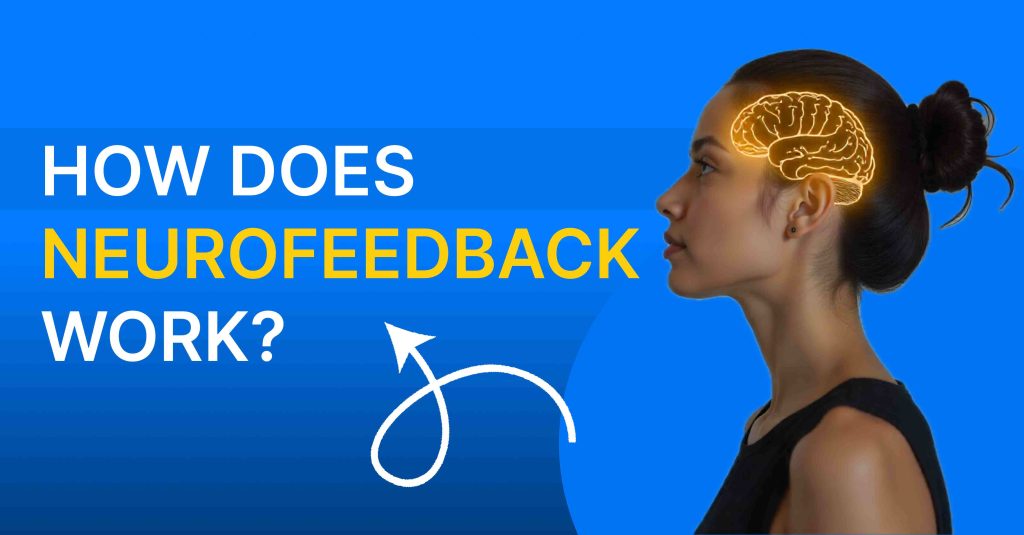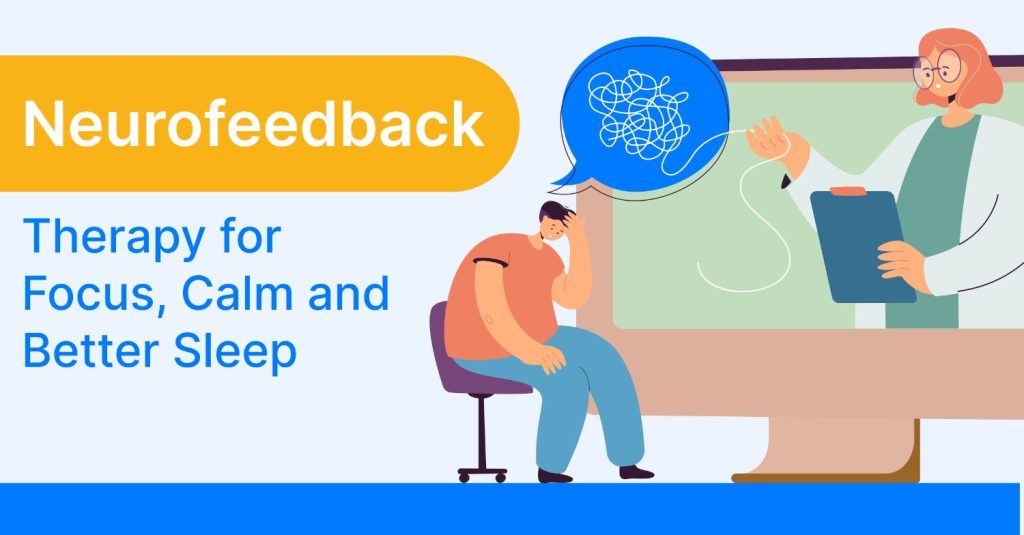Why does your child seek pleasure in acting violent and bullying others? Conduct disorder may be the reason.
It’s natural for a child to act bratty and indisciplined once in a while. However, when this behavior becomes severe in nature and more frequent, it’s a red flag. Often, children are judged and assumed to be disobedient by nature, based on their socially unacceptable behavior. But what you may not know is that a disorder might be causing the child to act this way, known as conduct disorder.
What is conduct disorder?
This a mix of emotional and behavioral problems a person exhibits, that usually begin during childhood or adolescence. Therefore, children with this disorder have a hard time following rules and generally acting in a way that is socially acceptable. They may exhibit aggressive, deceitful, and destructive behaviors, that can cause trouble for others around them. As a result, children with this disorder are often perceived as “delinquent” rather than those suffering from a mental health disorder.
There are three types of this disorder that occur in three stages
- Childhood: The signs begin to appear before the age of 10
- Adolescent: Symptoms of this disorder begin to show during teenage years
- Unspecified: This means that the age at which the signs begin to appear is unknown
The symptoms of conduct disorder are of various types. These include:
Aggression
- Bullying and intimidating others
- Physically harming people or animals
- Committing rape, sexual assault
- Using weapons
- Is cruel and mean to others
- Forces someone to engage in sexual activity
- Starts physical fights
- Doesn’t feel guilty after an aggressive episode
Deceitful behavior
- Breaking and entering
- Stealing
- Lying
- Forgery
Destructive behavior
This includes destroying property, arson, etc.
Violating rules
- Skipping school
- Drug and alcohol abuse
- Leaving home and running away
- Engaging in sexual behavior at a very young age
- Staying out till late at night
Girls are more prone to displaying deceitful behavior whereas boys are likely to engage in aggressive and destructive behavior.
What causes conduct disorder?
There are various factors which include:
Damage in the frontal lobe
This is the region of the brain that controls important functions like cognitive skills, emotional expression, memory, and problem-solving. Studies have linked a weak functioning frontal lobe to this disorder. Along with this, it can also cause an inability to plan future actions, a lack of impulse control, and a decreased ability to learn important lessons from past experiences.
Environmental factors
The environment that children have been brought up in, plays a huge role in shaping up their mental makeup. Factors such as a dysfunctional family, child abuse, having parents who are addicted to alcohol and drugs, poverty, etc., could cause conduct disorder.
Children having pre-existing mental health illnesses
These include anxiety disorders, depression, and ADHD (Attention Deficit Hyperactivity Disorder).
Genetics
Children having parents who have mental illnesses are more prone to acquiring them. As a result, they are more susceptible to developing a conduct disorder.
How brain training can help your child overcome this condition
Brain training technology Neurofeedback can help get to the root of the problem, i.e., the electrical imbalances in the frontal lobe. As we have established before, a weak functioning frontal lobe could be one of the many factors causing conduct disorder. Hence, the stronger the frontal lobe, the lesser the occurrence of this disorder.
Even though environmental factors are not in this technology’s control, it will help your child’s brain to withstand the pressures. Therefore situations that would make him/her, aggressive, deceitful, and destructive before, wouldn’t have the same effect on them anymore. You will notice that your child is calmer, happier, more cooperative, obedient, and peaceful. So, are you ready to transform your child’s life? Book your first Neurofeedback session right away!
To learn more about this US, FDA-approved, NASA-inspired technology and how it works, click here.





